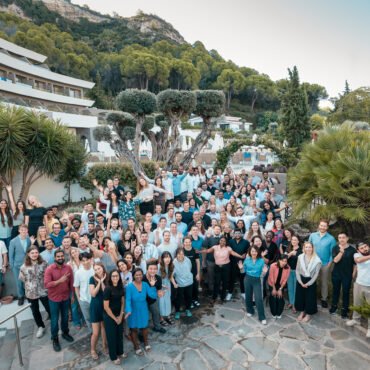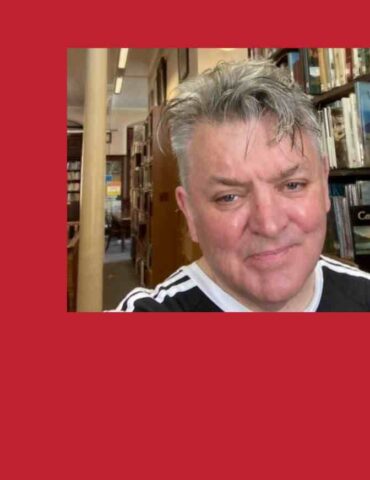Podcast episodes

S3, E8: A Visual Biodiversity Net Gain Tool With Panu Pasanen of One Click LCA

S3, E7: Portrait To Landscape-A Landscape Strategy To Reframe Our Future, Alexandra Steed on Her Ground-Breaking Book, Part 2

S3, E6: Portrait To Landscape-A Landscape Strategy To Reframe Our Future, Alexandra Steed on Her Ground-Breaking Book, Part 1
Connect

- jackie@constructive-voices.com
- Linkedin Constructive Voices Radio Page
- Twitter Constructive Voices Radio












